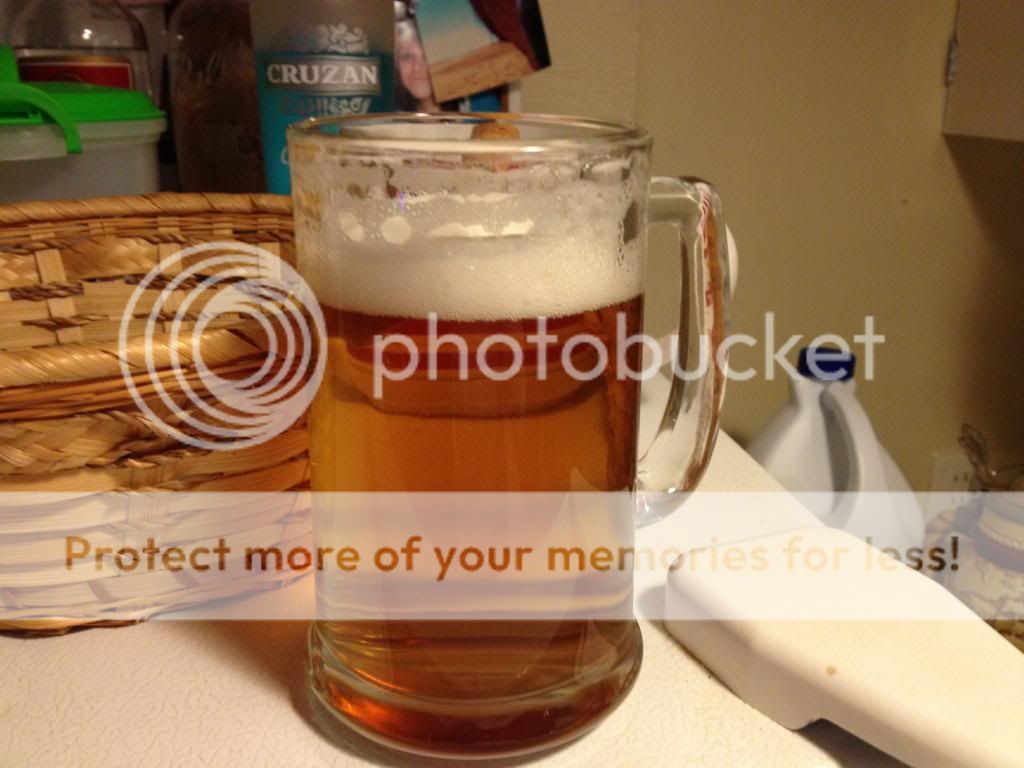And I don't want to clean my equipment. But it comes with making beer, so I do it.
I don't mind cleaning.
Agreed. Using ice baths for anything over 2 gallons seems too slow and impractical to me. So get an immersion chiller. It's $50 worth of copper and fittings, and an hour of your time.
Why don't you send me that 50$ and i'll let you know how it goes 
You don't need a lid to chill. Mine has a lid, but I never use it.
Funny story: The first time I used my boil kettle, I actually did put the lid on after I finished chilling it, to keep contaminants from falling into the wort while I transferred it into the fermenter. I connected the tube to the ball valve, and with the lid on the kettle, opened up the valve and started the flow. In just a few seconds, the lid started to buckle inward and made that bending metal noise. I quickly realized the wort flowing out of the (effectively airtight) kettle was creating a vacuum that was sucking the lid down. I quickly closed the valve and pried the lid off, breaking the seal before it could seriously damage the lid.
Nah, then I could only ever have one batch of beer going at a time. As it is, I have 4 batches in various stages of fermenting, and if the weather is nice, I'll likely brew again next weekend. I can't commit my kettle to 4-6 weeks of fermenting/cold crashing/clarifying every time I brew.
I only need one batch going at a time. I usually do a 3 g batch, then a 5 g right after. No room left in the freezer after that.
Except when your carboy explodes.
 Hence the start of this thread.
Hence the start of this thread.
You need the carboy anyway, so the only extra piece of equipment is really the chiller itself ($50). And I don't believe "it's effective" is accurate, as you're missing out on achieving a good cold break, which is important for obtaining crystal-clear beer.




 He's not only a union pipefitter, but also a beekeeper/herbalist/urban chicken farmer. So he's got tons to trade with his union brothers for all types of stuff including scrap stainless and old sankes. And being a professional welder has given me tons of ideas of how to really pimp out my brew rig in the next few months.
He's not only a union pipefitter, but also a beekeeper/herbalist/urban chicken farmer. So he's got tons to trade with his union brothers for all types of stuff including scrap stainless and old sankes. And being a professional welder has given me tons of ideas of how to really pimp out my brew rig in the next few months.
